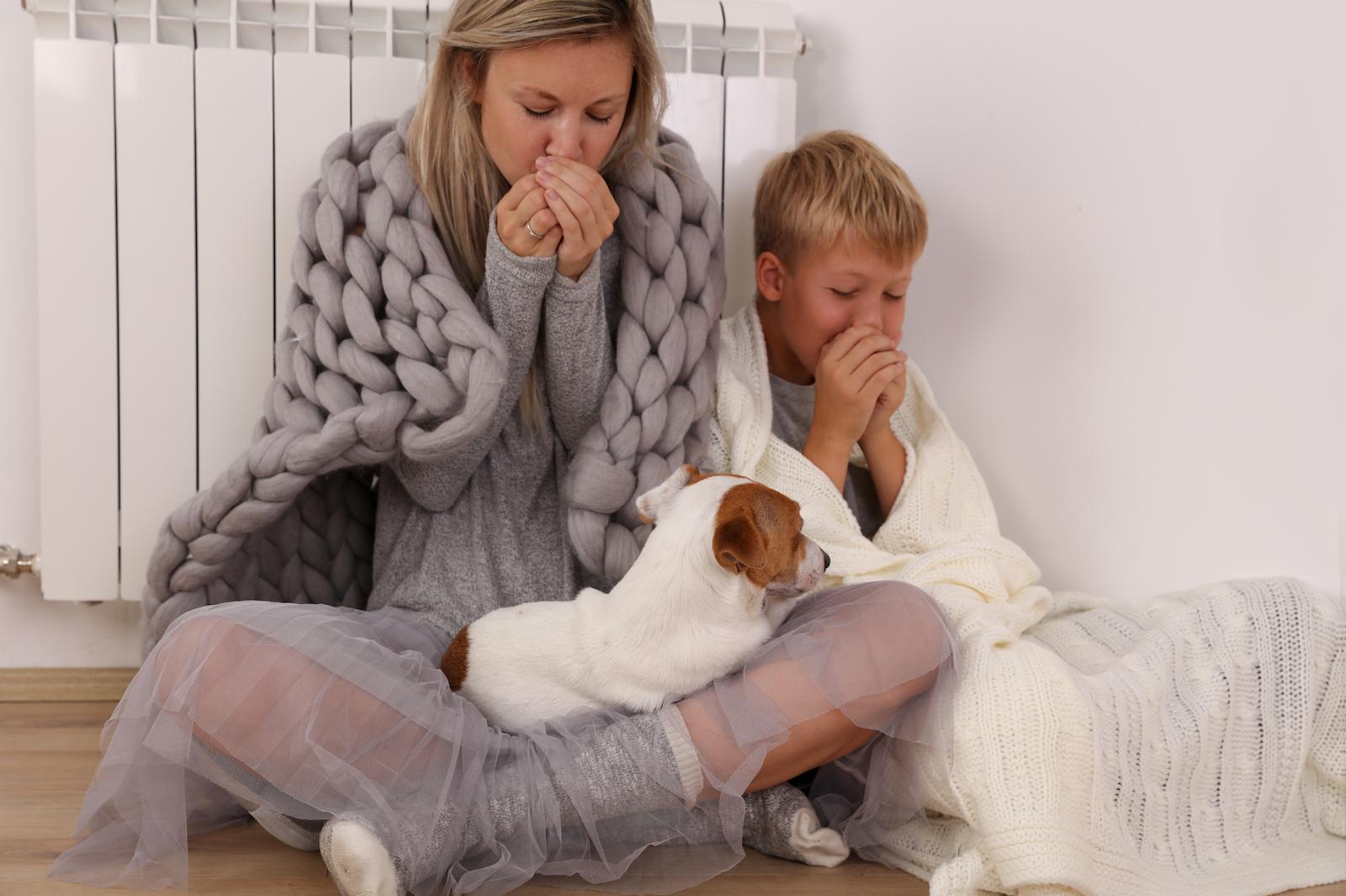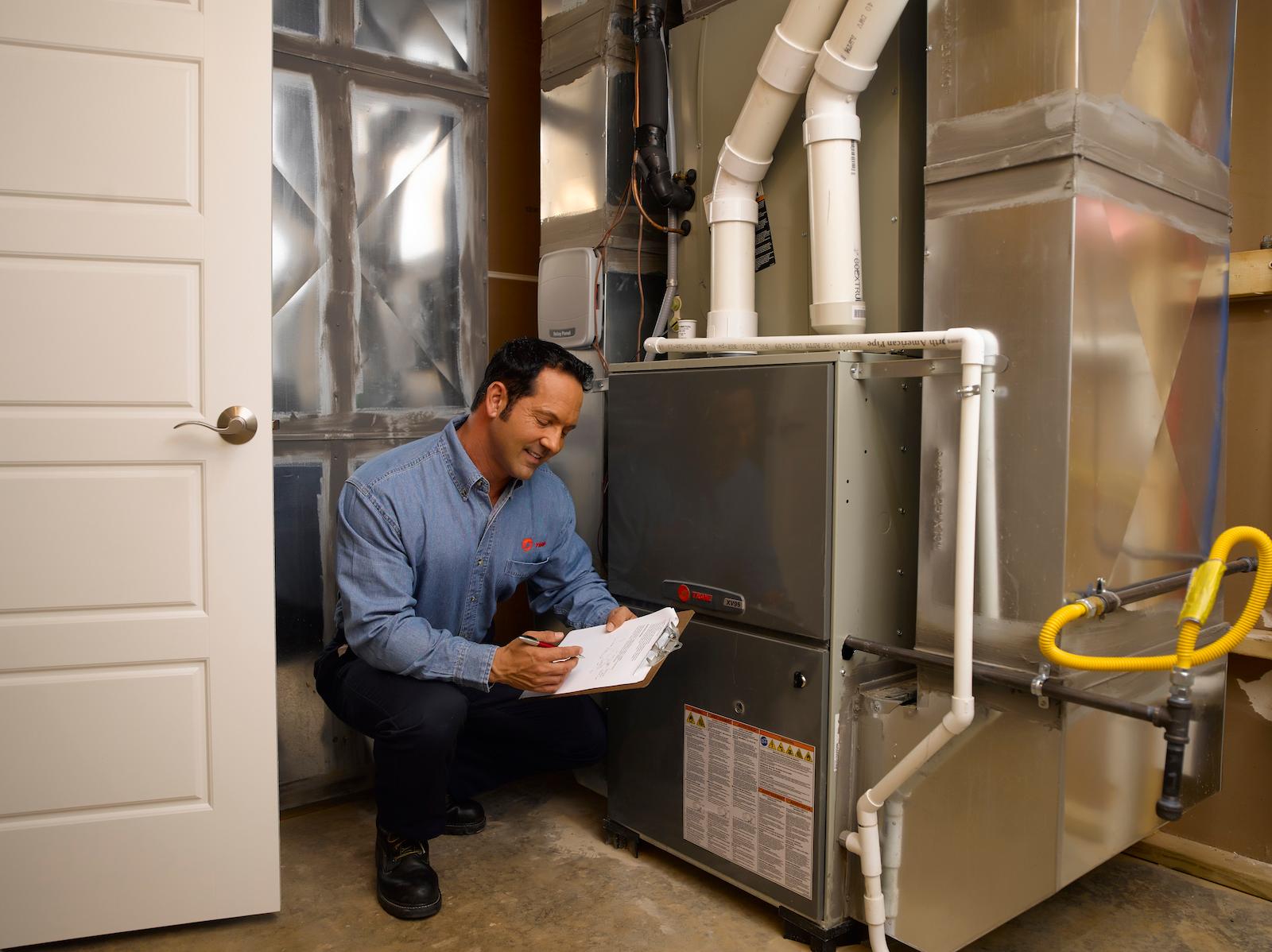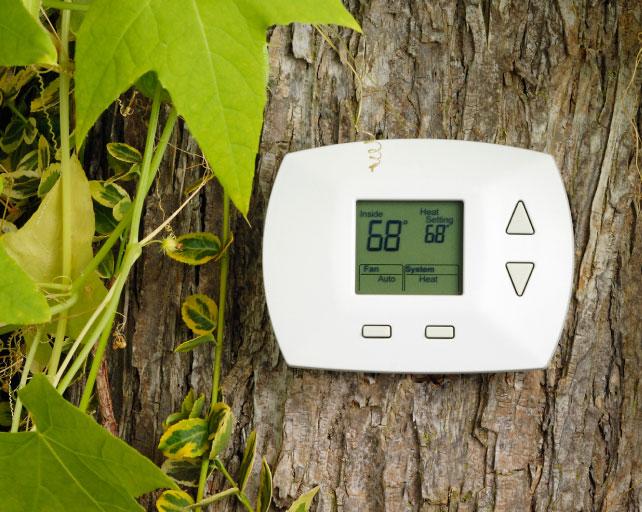HVAC Preparations for the Next Nor’easter Storm: Essential Tips
As residents of the northeastern United States and eastern Canada know all too well, nor’easter storms can wreak havoc on homes and communities. These powerful winter storms bring heavy snowfall, strong winds, and frigid temperatures, making it essential to prepare your entire home and especially your HVAC (Heating, Ventilation, and Air Conditioning) system.
Get essential tips on preparing your HVAC system for the next nor'easter storm, ensuring your family's comfort and safety during challenging weather conditions.
What is a Nor’easter?
A nor'easter, short for "northeaster," is a type of powerful storm that primarily affects the northeastern United States and eastern Canada. These storms are most common during the fall and winter months and are known for their strong winds, heavy precipitation, and potential for coastal flooding.
Nor'easters typically form along the East Coast of North America when cold, dry air from Canada meets warm, moist air from the Atlantic Ocean. The clash of these air masses can lead to the development of a strong low-pressure system. Nor'easters often bring heavy precipitation in the form of rain, snow, or a mix of both.
Typically, Nor’easters have the following characteristics:
- Primarily affect the northeastern United States and eastern Canada.
- Are most common during fall and winter.
- Occur when cold, dry air from Canada meets warm, moist air from the Atlantic Ocean.
- Are typically associated with the development of a strong low-pressure system.
- Bring heavy precipitation in the form of rain, snow, or a mix.
- Often features powerful winds, potentially reaching hurricane force.
- Can cause coastal flooding, storm surges, and erosion.
- May undergo rapid intensification, leading to sudden changes in strength.
- Disrupt transportation systems, including flights, road travel, and maritime traffic.
- Are associated with heavy snowfall and blizzard conditions.
- Can last for several days, with prolonged impacts on affected regions.
Nor'easters are significant weather events that require careful monitoring and preparedness, especially in the regions they commonly affect.
HVAC Preparations for Severe Weather
One of the best ways to prepare for winter weather is to ensure your HVAC system is working properly to keep your family comfortable even in severe weather conditions.
These steps can help keep you and your household comfortable even in winter weather.
Schedule a Professional HVAC Inspection
Before the nor'easter season begins, schedule an annual HVAC inspection with a qualified technician. A professional inspection can identify any issues with your system, ensuring it operates efficiently when you need it most. During the inspection, ask the technician to check for clogged filters, worn-out components, and any potential safety concerns.
Replace Air Filters
Clean air filters are crucial for maintaining proper airflow and indoor air quality. Dirty filters can restrict airflow, causing your HVAC system to work harder and less efficiently. Before a nor'easter strikes, replace or clean your air filters. During the storm, you'll be spending more time indoors, so clean air is essential.
Seal and Insulate Ductwork
Leaky ducts can result in heat loss and reduced efficiency in your HVAC system. Seal any gaps or cracks in your ductwork to prevent warm air from escaping. Proper insulation also helps maintain a consistent temperature throughout your home, making it cozier during the storm.
Install a Surge Protector
Nor'easters often bring power outages and electrical surges. To protect your HVAC system from damage, consider installing a surge protector. This device can safeguard your system's electronic components, such as the thermostat and circuit boards, from voltage spikes.
Check Your Thermostat
Ensure your thermostat is functioning correctly and set it to a comfortable temperature before the storm arrives. If you have a smart thermostat, you can even schedule your ideal temperature for a specific time of day, even if you’re not home. During a nor'easter storm, you may experience power fluctuations, so it's also a good idea to have a battery-powered or generator-operated thermostat to maintain climate control.
Clear Snow and Debris
After a heavy snowfall, it's essential to clear any snow and debris away from your outdoor HVAC unit. A blocked unit can restrict airflow, potentially causing damage to the system. Make sure to do this safely and avoid damaging the unit in the process.
Winterize your Pipes
Proper pipe winterization helps maintain water flow, prevents costly repairs due to burst pipes, and ensures your home's water supply remains intact during the cold season. It's essential to identify vulnerable areas in your plumbing system, such as exposed outdoor pipes or pipes in unheated areas, and take appropriate measures to keep them insulated and warm, safeguarding your home from winter plumbing disasters.
Have an Emergency Heating Source
If your HVAC system fails during a nor'easter, it's wise to have an alternative heating source, such as a portable space heater or a fireplace. These can provide warmth and comfort until your HVAC system is repaired.
Create a Winter Storm HVAC Plan
Discuss and create a winter storm HVAC plan with your family. Ensure everyone knows how to operate any alternative heating sources and what to do in case of an HVAC system failure. Safety should always be a top priority.
Winter Storm Preparedness List
In addition to keeping your HVAC system prepared for a nor’easter storm, preparing for a winter storm involves ensuring you have everything you need to stay safe and comfortable in cold, snowy, and potentially hazardous conditions.
Here's a comprehensive winter storm preparedness list to help you prepare:
Before the Storm
- Monitor Weather Updates: Keep an eye on weather forecasts from reliable sources to stay informed about the storm's timing and severity.
- Make an Emergency Kit: Assemble or update an emergency kit that includes essential supplies such as
- Non-perishable food items
- Water
- Battery-powered or hand-crank radio
- Flashlights and extra batteries
- First-aid kit
- Prescription medications
- Blankets and warm clothing
- Hand warmers
- Multi-tool or utility knife
- Personal hygiene items
- Cash
- Snow Removal Equipment: If you own a vehicle, have snow shovels, ice scrapers, snow brushes, and a bag of salt or sand for traction.
- Vehicle Maintenance: Check your vehicle's tires, brakes, and fluids. Keep your gas tank at least half full to prevent fuel line freezing. Equip your vehicle with an emergency kit containing a blanket, flashlight, flares, and non-perishable snacks.
- Communication Plan: Establish a plan for staying in touch with family and friends. Have a list of emergency contacts handy.
During the Storm
- Stay Indoors: Avoid unnecessary travel during the storm. If you must go out, inform someone of your plans and expected return time.
- Keep Warm: Use extra layers of clothing and blankets to stay warm. Avoid using open flames or gas-powered generators indoors to prevent carbon monoxide poisoning.
- Stay Informed: Continue to monitor weather updates for changing conditions and emergency alerts.
- Shovel and De-Ice: Regularly clear snow from driveways and walkways to prevent accumulation and ice formation.
After the Storm
- Safety Inspections: Check your home for damage and clear any fallen branches or debris. Ensure heating systems and chimneys are working correctly.
- Vehicle Care: Remove snow and ice from your vehicle before driving. Watch for icy patches on the road.
- Restock Supplies: Replenish your emergency kit if you used any supplies during the storm.
- Help Others: If you can, assist neighbors, especially elderly or vulnerable individuals, with snow removal or checking on their well-being.
- Insurance Review: Review your insurance policies to understand coverage for winter-related damage and claims.
Contact Your Local Trane Expert
Remember, winter storms can be unpredictable, so it's essential to be well-prepared in advance. If you’re concerned about staying safe and comfortable this winter, contact your local Trane Comfort Specialist today. They are standing by to help you face severe weather conditions with confidence and comfort.




